
Color Blindness
We've answered all of your questions about color blindness. Discover comprehensive information on its types, causes and testing, and tips for living with color vision deficiency.
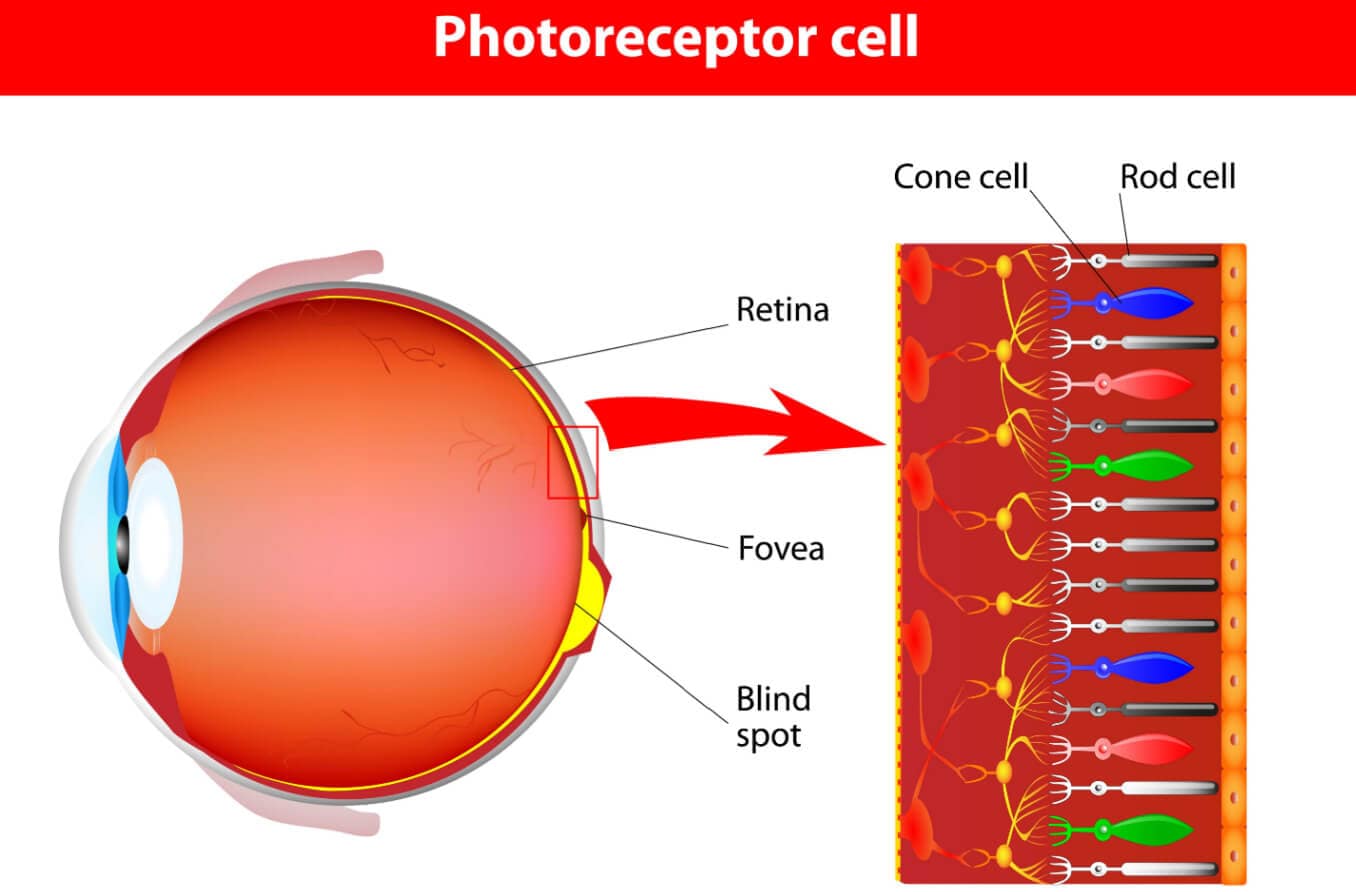
Achromatopsia is an inherited eye disorder characterized by complete or partial color blindness. Learn more about its symptoms, causes and treatment.
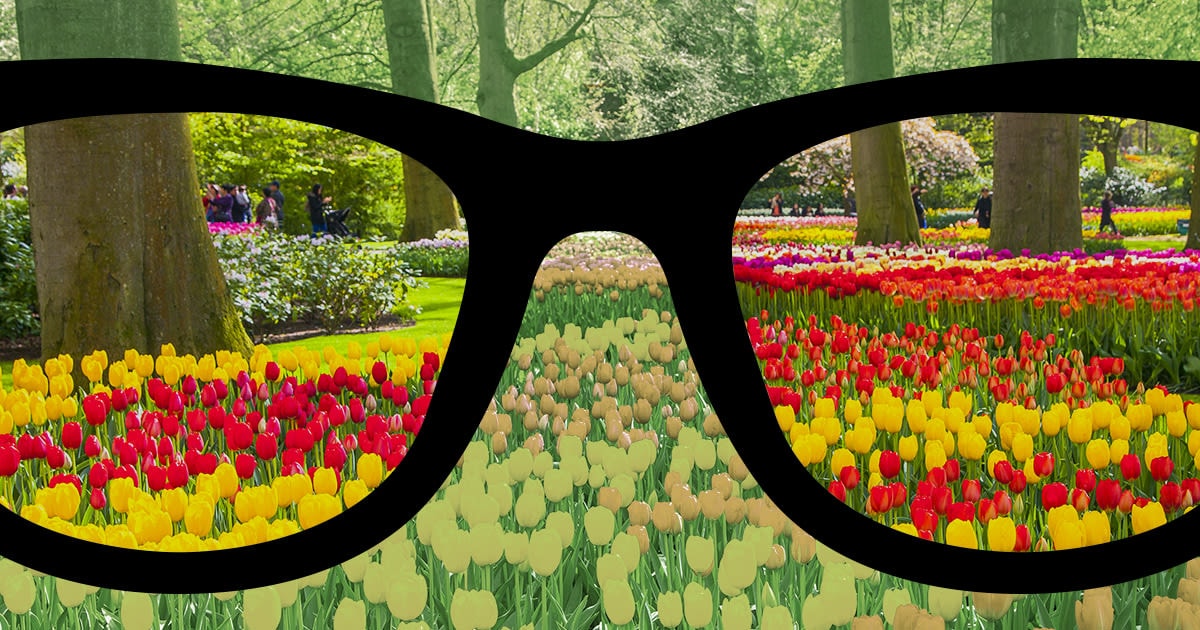
Several companies sell special glasses that are supposed to help people with color blindness. Do these colorblind glasses really work?
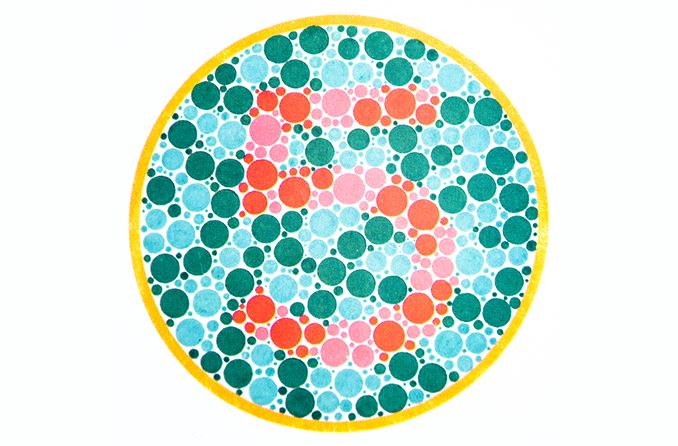
Get the facts on red-green color blindness. How does it work, what does it look like and how do people deal with it?

Tritanopia is a rare form of blue-yellow color blindness which makes it hard to differentiate between blue and green, purple and red, and yellow and pink.
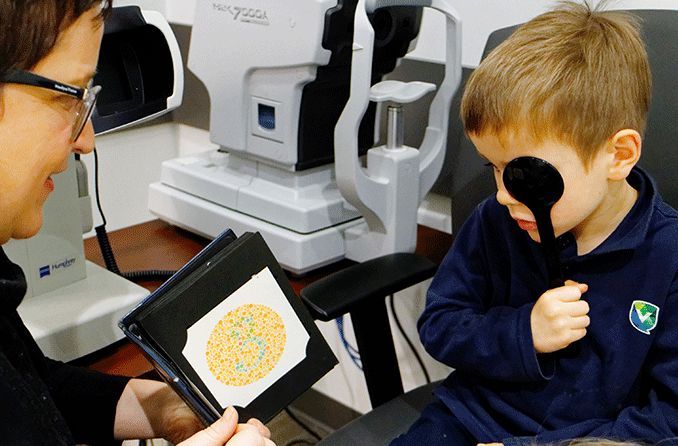
What causes the seven types of color blindness and what can be done to help individuals see colors more effectively?
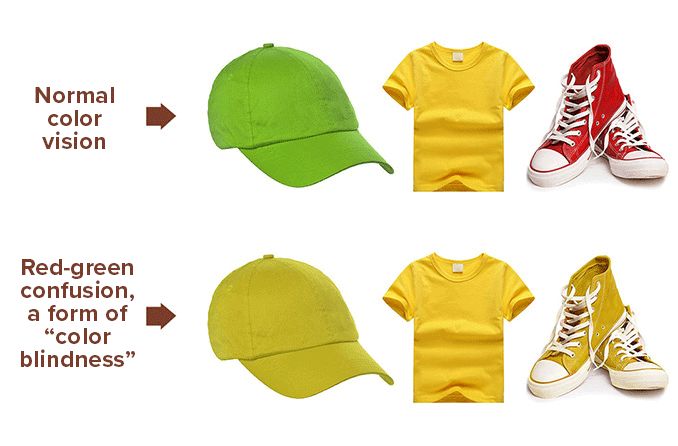
Color blindness is an inherited deficiency affecting how one sees certain colors. Learn the symptoms, causes of being color blind & types of color blindness.
All About Vision and AllAboutVision.com are registered trademarks of AAV Media, LLC. © 2000-2025 AAV Media, LLC. The content on this site is for informational purposes only. All About Vision does not provide medical advice, diagnosis or treatment. Contact an eye doctor if you need medical attention.